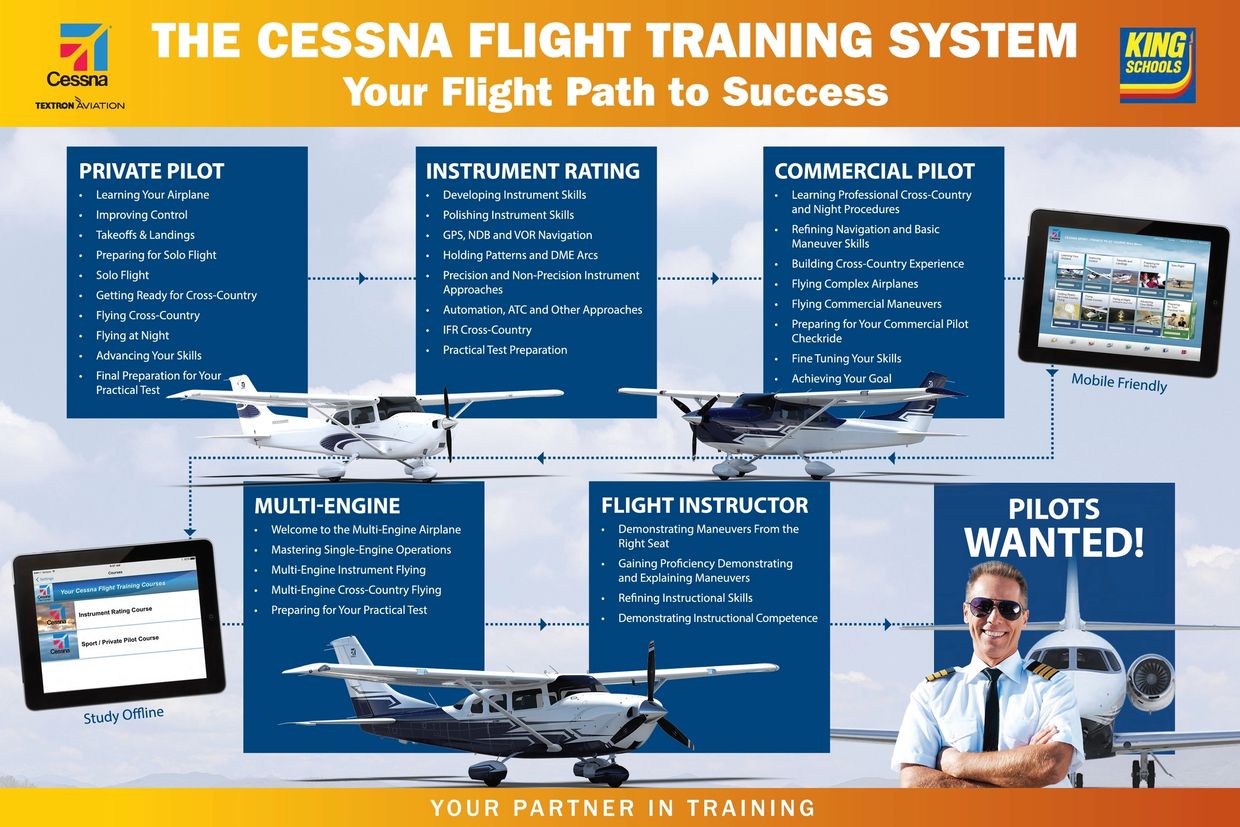
FLY FOR CAREER
CAREER PILOT PATH ↓
Many aspiring pilots have dreams of taking their passion for aviation and making it into a career.
Pilot Shortage
This is the right time to become an airline Pilot. From 2020 to 2040 Aerospace Forecast huge shortage of Pilots. Faa forecast Airline Pilot Shortage an ongoing issue. Boeing Pilot and Technician outlook has projected a demand of 208,000 Pilots needed.
For more in detail about a journey from Student Pilot to Airline Pilot click here ↓

FIRST STAGE
Every aspiring pro pilot has to start somewhere and that somewhere is the private pilot certificate. To earn your first set of wings, you must be at least 17 years old, have a current third class medical or qualify for BasicMed, and have a minimum of 40 hours of flight time (the actual average is about 70 hours), including 20 hours of instruction and 10 solo hours. There are a few exceptions, but your instructor will guide you through the requirements as you develop the skills to earn your certificate.need to succeed in the aviation industry.

SECOND STAGE
If you want to fly higher and farther in your career (especially in airline jobs), an instrument rating is essential. An instrument rating enables you to operate an aircraft in clouds and different weather conditions. It is the most common and logical step to take after gaining some experience while flying with a private pilot certificate.

THIRD STAGE
Pilots who want to be paid to fly must meet specific requirements, starting with the commercial pilot certificate. The requirements vary slightly depending on the kind of flying you want to do and the aircraft you want to fly. But with each additional rating you add to your commercial certificate (instrument, multiengine, etc.), your career options and earning potential will grow.

FOURTH STAGE
A multiengine rating allows you to operate as pilot in command of an aircraft with more than one engine. Multiengine rated pilots are trained to handle the increase in speed, power and rate of ascent that these aircraft provide. Whether operating a twin-engine piston aircraft, turboprop, or jet, a multiengine rating will create more opportunities for you to build your flying hours and your career potential.

FIFTH STAGE
The opportunities to amass flight hours have never been better, thanks in large part to the growth of fractional jet ownership, business aviation, Certificated Flight Instruction, and charter services. Each of these career pathways provide an opportunity for you to gain experience and build hours while earning a paycheck. The types of aircraft these businesses fly are varied and you will have the opportunity to gain valuable experience as part of a crew.

SIXTH STAGE
AIRLINE TRANSPORT PILOT CERTIFICATE
For many pilots, the goal of their aviation journey is a job interview with the airlines. These jobs are highly coveted and extremely competitive, so be ready to ace the interview. It is about much more than the right suit, the right hours, and the proper ratings. Show them you have the professional skills as well as the soft skills and nuances that make for a successful crew member.